What Is Nutrient Burn and How Can I Cure My Cannabis?
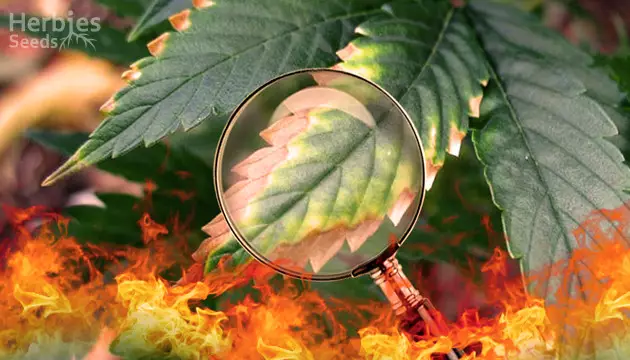
Have you ever noticed the tips of your cannabis plants' leaves are drying, browning, or curling up? If so, your cannabis plants could be suffering from nutrient burn. Also known more colloquially as "nute burn," this occurs when your cannabis plants receive more nutrients than they can manage. It's one of the most common problems for indoor and outdoor growers alike. The good news is that nutrient burn can be fixed if diagnosed early and treated properly. In this guide, you’ll learn how to identify, treat, and prevent nutrient burn in marijuana plants effectively.
Cannabis Nutrient Burn – What Causes It?
Nutrient burn in cannabis is most commonly caused by overfeeding. It occurs when your cannabis plants come into contact with a too-intense nutrient mix or fail to digest nutrients properly due to other environmental factors. The most common causes are as follows:
1. Nutrient Mixes That Are Too Strong
One of the most frequent causes of cannabis nutrient burn is providing your plants a solution with too high an amount of nutrients – what growers call a mix that’s “too hot.” In technical terms, the total dissolved solids (TDS) or parts per million (PPM) of the solution are too high.
You can avoid this by checking your nutrient solution periodically using a PPM or EC meter. The majority of new growers believe that plants need more nutrients to produce more buds, but in truth, too many nutrients shock the plants and kill their root systems. Organic products like bat guano, compost, or worm castings are less dense and offer a more natural way of growing cannabis.
2. Letting Soil Dry Out Completely
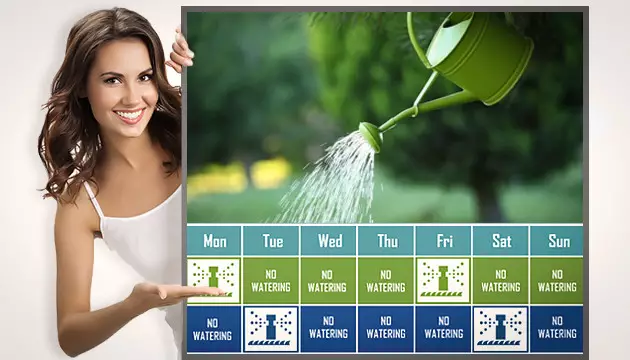
Dry soil can leach nutrients in the direction of the roots and leave the plant susceptible to nutrient burn. During evaporation, water leaves mineral salts behind, which crystallize and propel the TDS levels in the plant’s soil. To avoid this, keep a regular watering schedule and ensure your medium is evenly moist but not waterlogged.
3. Overusing Bloom Boosters
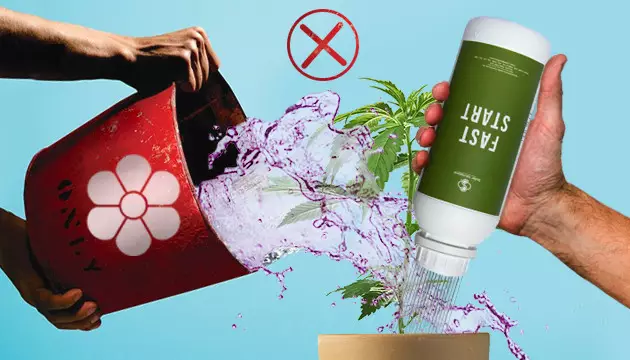
Bloom boosters are sold as fantastic bloom enhancers, but too much of them is a fast pass to nutrient burn. They have plenty of phosphorus and potassium, which the buds require to develop, but in excess, they rapidly boost EC and PPM.
Always adhere to manufacturer guidelines and customize nutrient levels according to your plant's age and health. Keep in mind that more is not always better when feeding cannabis plants.
4. Overusing Growth Stimulators
Similar to bloom boosters, growth stimulators can also cause nutrient burn if overapplied, especially during the flowering stage. Growth stimulators tend to be rich in nitrogen, and although nitrogen plays a vital role in seedling growth, too much nitrogen-rich food can cause nitrogen toxicity. Nitrogen toxicity shows up in dark green, clawing leaves and can even hinder your plants' growth.
How Do I Identify Nutrient Burn?
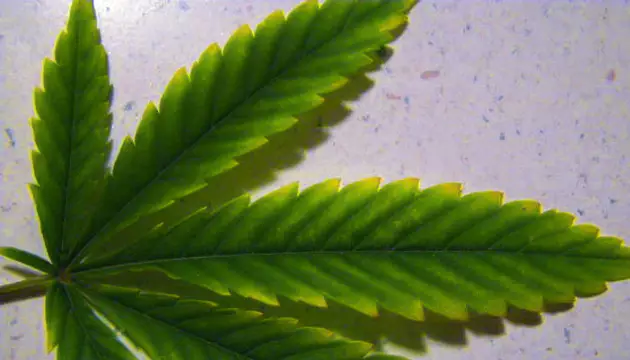
Early detection of nutrient burn is crucial to minimize damage and revive the health of the plant. The condition progresses in stages, and early manifestations are not obvious, especially for new cannabis growers. There are two main phases of nutrient burn, each of which has its own symptoms.
Early Symptoms of Cannabis Nutrient Burn
The early indications of nutrient burn are:
- Deep green leaf color with brightly colored yellow tips
- Curling of leaf tips
- Dry or crispy leaf tip edges on burned leaves
As the issue progresses:
- Burned leaves become brown or bronze
- Curling worsens and leaves begin to die
- Under extreme circumstances, your buds will begin to turn yellow or brown
False Positives: Conditions That Mimic Nutrient Burn
Yellow or curled leaves don't always mean over-fertilizing. Other issues, including light stress, potassium deficiency, or pH fluctuations can produce the same signs. For example:
- Light burn usually happens only in areas of high light exposure of the plant
- Lack of potassium shows as spotting and yellowing, but not upward curling of leaves
- pH issues can appear as yellow or brown tips but generally have odd symptoms throughout the plant
It’s essential to be in a position to diagnose these problems and nutrient burn so that the issue can be treated.
How to Fix Nutrient Burn in Cannabis Plants
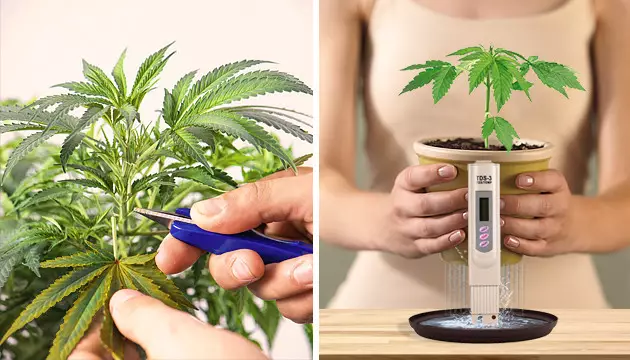
Once you've ascertained that your cannabis plant is suffering from nutrient burn, it's time to do something about it. Thankfully, nutrient burn isn’t too difficult to fix if you spot it early enough.
Step-by-Step Recovery Process for Nutrient Burn
- Remove all the burnt-out plant material – Cut off dead, brown, or yellow leaves. These will not revive and may invite pests or mold.
- Flush your growing medium – Flush the root zone with pH-adjusted water (5.5 to 6.5) to drain out excess nutrients.
- Saturate the media – Water the plant until the water begins to flow from the bottom of the plant’s container.
- Check runoff – Water the plant until runoff is seen at the bottom of the pot. Measure the TDS of the runoff using a PPM meter and compare it to your input solution.
- Adjust your feeding cycle – After flushing, resume feeding but with a less concentrated nutrient solution, and monitor your plants closely.
How to Prevent Nutrient Burn on Marijuana Plants
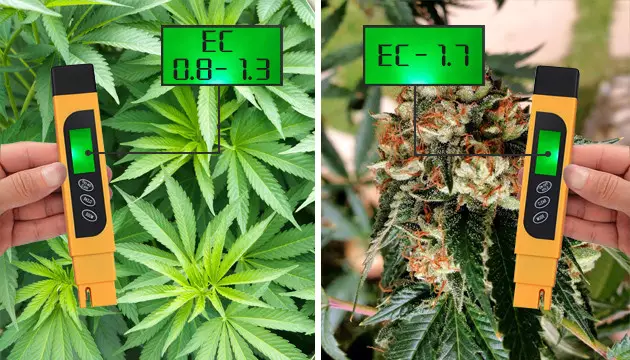
Prevention is always better than a cure. Here are some important steps to avoid nutrient burn from taking over your cannabis garden:
Monitor EC and PPM Levels Regularly
Use an EC or PPM meter to check the concentration of your nutrient solution. Recommended ranges:
- Vegetative stage: EC between 0.8 and 1.3
- Flowering stage: EC up to 1.7
Water Regularly
Do not let your soil get too dry. This will result in salt buildup and nutrient restriction. Have a watering regime that provides moisture without overwatering.
Use Organic or Slow-Release Fertilizers
Organic products release slowly and are less likely to overwhelm your strain. Items such as compost, worm castings, or guano provide good root support and more protection against potential nutrient burn.
Follow Feeding Instructions Closely
Don't wing it. Always use the dosage recommendations given by manufacturers of nutrients, particularly when using stimulators or boosters. When uncertain, begin with a reduced dose and increase gradually if necessary.
Final Thoughts – Act Quickly to Protect Your Cannabis Crop
Nutrient burn in cannabis crops is a common hiccup, especially for new growers, but it doesn’t need to be a disaster. With the potential for early detection, rectification of the problem with a proper flush, and prevention by careful feeding practices, you can keep your weed plant growth healthy and fruitful.
Always remember: less is often more when it comes to cannabis feeding. Should you ever have doubts about your nutrient regimen, it’s better to slightly underfeed and verify than over-fertilize and stress your plants unnecessarily.
Herbies Head Shop expressly refuses to support the use, production, or supply of illegal substances. For more details read our Legal Disclaimer.

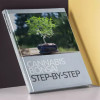
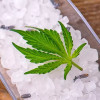
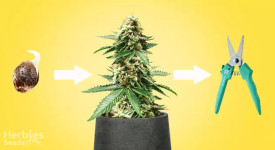
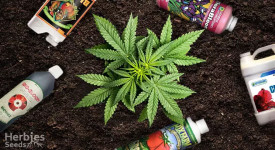

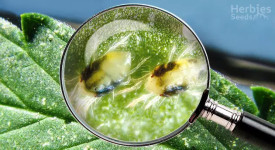
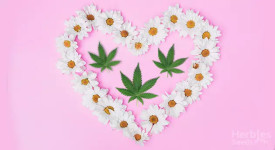

Thank you for leaving a comment for us!
Your feedback will be posted shortly after our moderator checks it.
Please note that we don’t publish reviews that: